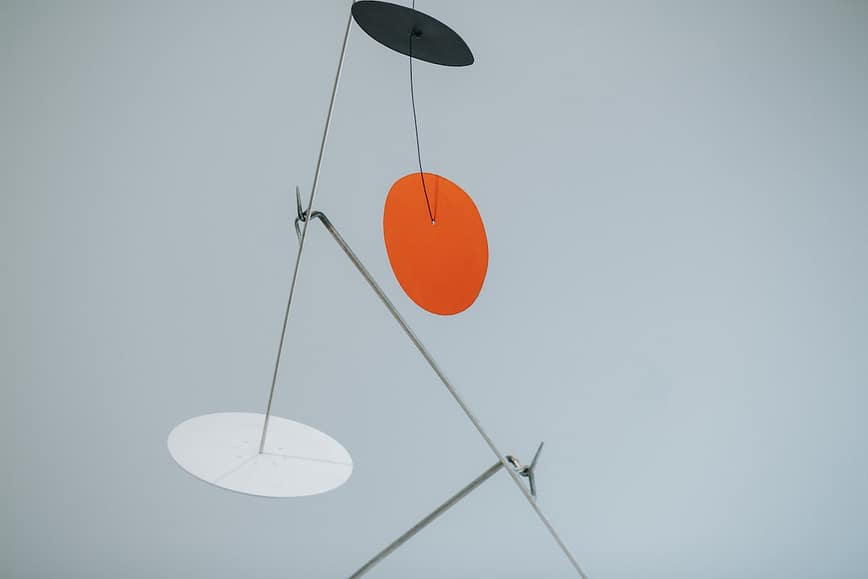This post contains some additional notes for IB Physics Unit 2 Mechanics, especially the concepts that the textbook assumes me to understand but I don’t.
Circular motion
When a weight (or any other objects) is hanged on a string and doing circular motion, the length of the string, the velocity and the centripetal acceleration is linked by the formula:

Since F = m · a, the force applied on the object will therefore be:

Knowing the formulas, what are the magnitudes and directions of velocity and acceleration in circular motion?



Acceleration has constant magnitude but varying direction (therefore even though the object might be traveling at a constant speed, it is constantly accelerating). Velocity is a vector. When the object travels it is constantly changing. When it is traveling at a constant speed it has a constant magnitude but a varying direction.
The velocity and acceleration in an object in circular motion are always perpendicular.
Uniform circular motion can be described as the motion of an object in a circle at a constant speed.
Collisions
There are two types of collisions, elastic and inelastic.
Video from Khan Academy: https://www.khanacademy.org/science/ap-physics-1/ap-linear-momentum/inelastic-collisions-and-2d-collisions-ap/v/elastic-and-inelastic-collisions

